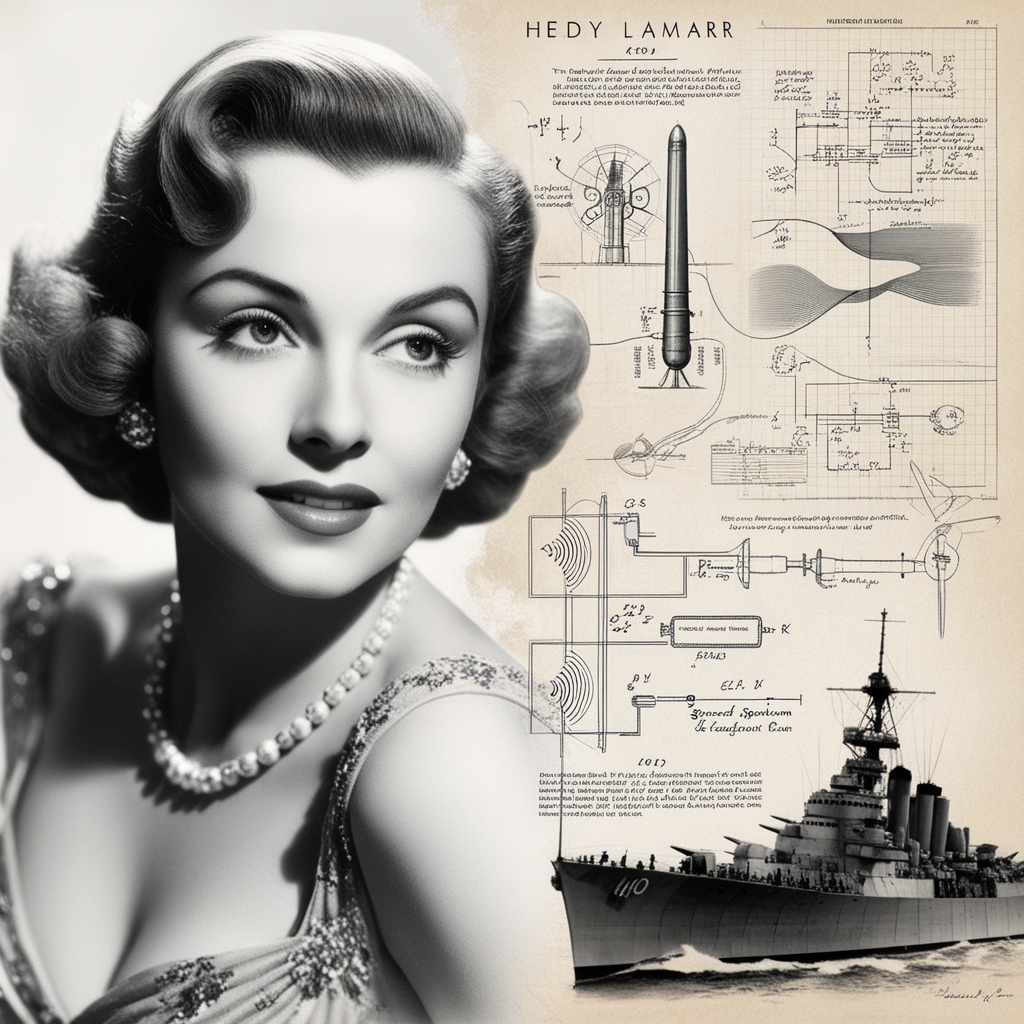Hedy Lamarr, often remembered as a glamorous Hollywood star of the 1930s and 1940s, was far more than just a pretty face. Behind her stunning looks and captivating performances on screen, Lamarr was a brilliant inventor whose groundbreaking ideas would lay the foundation for modern wireless communication technologies. From frequency-hopping to spread spectrum technology, Lamarr’s innovative mind envisioned concepts that are now integral to the Wi-Fi, GPS, and Bluetooth technologies we use today. This post explores the fascinating dual life of Hedy Lamarr, delving into her contributions to science and technology that have often been overshadowed by her acting career.
The Early Life of a Hollywood Starlet with a Curious Mind
Born in Vienna, Austria, in 1914, Hedy Lamarr (originally Hedwig Eva Maria Kiesler) showed signs of brilliance from an early age. Raised in an affluent family, she had access to education and was particularly fascinated by science and technology, often disassembling and reassembling her toys to understand how they worked. At just 19, she gained international fame for her role in the controversial film "Ecstasy," which caught the eye of MGM studios and led her to Hollywood. However, Lamarr’s intelligence and creativity went beyond acting. Her curiosity and innate understanding of technology were nurtured by her first marriage to Austrian arms manufacturer Fritz Mandl, who often hosted lavish dinners with scientists and military experts. While these gatherings were meant to serve her husband’s business interests, they also provided Lamarr with a unique insight into the world of military technology and the limitations of current communication systems. This exposure would later inspire her to channel her scientific interests into groundbreaking inventions.
Inventing Frequency-Hopping Technology During World War II
During World War II, Hedy Lamarr’s inventive spirit came to the forefront. Disturbed by the news of torpedoes being intercepted by enemy forces due to predictable radio frequencies, Lamarr began brainstorming ways to make wireless communication more secure. Alongside her friend and co-inventor, composer George Antheil, Lamarr developed a revolutionary idea: frequency-hopping spread spectrum technology. This concept involved switching radio frequencies rapidly to prevent enemy forces from detecting and jamming the signals. Together, Lamarr and Antheil used principles from Antheil’s expertise in musical synchronization and Lamarr’s understanding of radio frequencies to create a device that could control torpedoes remotely without the risk of interception. They patented the invention in 1942, offering it to the U.S. Navy, but it was initially dismissed as too complex to implement. It wasn’t until the 1960s that their pioneering work was revisited, eventually forming the basis for secure military communications and, later on, the wireless technologies we use today. Despite her groundbreaking contributions, Lamarr’s role in inventing frequency-hopping technology was largely unrecognized during her lifetime. It wasn’t until decades later that the significance of her work was acknowledged, earning her posthumous recognition as a trailblazer in wireless communication technology.
